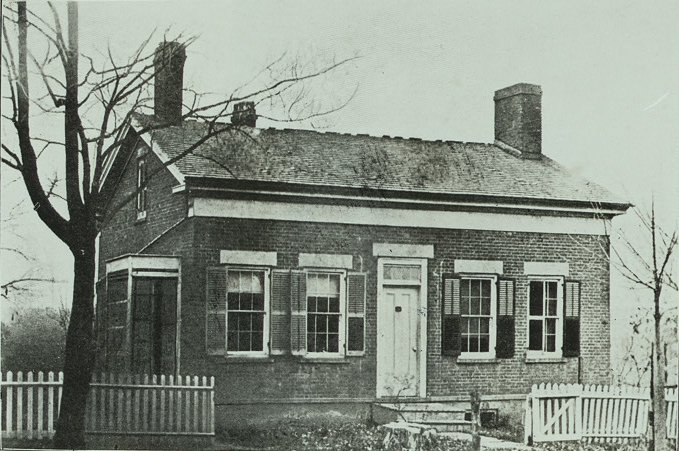
THOMAS ALVA EDISON., the master wizard of electrical science and whose name is synonymous with the subjugation of electricity to the service of man, was born February 11, 1847 at Milan, Ohio, and it was at Port Huron, Michigan, where his parents had moved in 1854, that his self education began, for he never attended school for more than two months. He eagerly devoured every book he could lay his hands on and is said to have read through an encyclopedia without missing a word.
At thirteen he began his working life as a trainboy upon the Grand Trunk Railway between Port Huron and Detroit. Much of his time was now spent in Detroit, where he found increased facilities for reading at the public libraries. He was not content to be a newsboy, so he got together three hundred pounds of type and started the issue of the "Grand Trunk Herald." It was only a small amateur weekly, printed on one side, the impression being made from the type by hand.
Chemical research was his next undertaking and a laboratory was added to his movable publishing house, which, by the way, was an old freight car. One day, however, as he was expetimenting with some phosphorus, it ignited and the irate conductor threw the young seeker after the truth, chemicals and all, from the train.
His office and laboratory were then removed to the cellar of his father's house. As he grew to manhood he decided to become an operator. He won his opportunity by saving the life of a child, whose father was an old operator, and out of gratitude he gave Mr. Edison lessons in telegraphy. Five months later he was competent to fill a position in the railroad office at Port Huron. Hence he peregrinated to Stratford, Ontario, and thence successively to Adrian, Fort Wayne, Indianapolis, Cincinnati, Memphis, Louisville and Boston, gradually becoming an expert operator and gaining experience that enabled him to evolve many ingenious ideas for the improvement of telegraphic appliances.
At Memphis he constructed an automatic repeater, which enabled Louisville and New Orleans to communicate direct, and received nothing more than the thanks of his employers.
Mr. Edison came to New York in 1870 in search of an opening more suitable to his capabilities and ambitions. He happened to be in the office of the Laws Gold Reporting Company when one of the instruments got out of order, and even, the inventor of the system could not make it work. Edison requested to be allowed to attempt the task, and in a few minutes he had overcome the difficulty and secured an advantageous engagement.
For several years he had a contract with the Western Union and the Gold Stock companies, whereby he received a large salary, besides a special price for all telegraphic improvements he could suggest.
Later, as the head of the Edison General Electric company with its numerous subordinate organizations and connections all over the civilized world, he became several times a millionaire.
Mr. Edison invented the phonograph and kinetograph which bear his name, the carbon telephone, the tasimeter, and the duplex and quadruplex systems of telegraphy.
Source:
The S. J. Clarke Publishing Company
New York and Chicago 1903.
A more detailed version of The life of Thomas Alva Edison